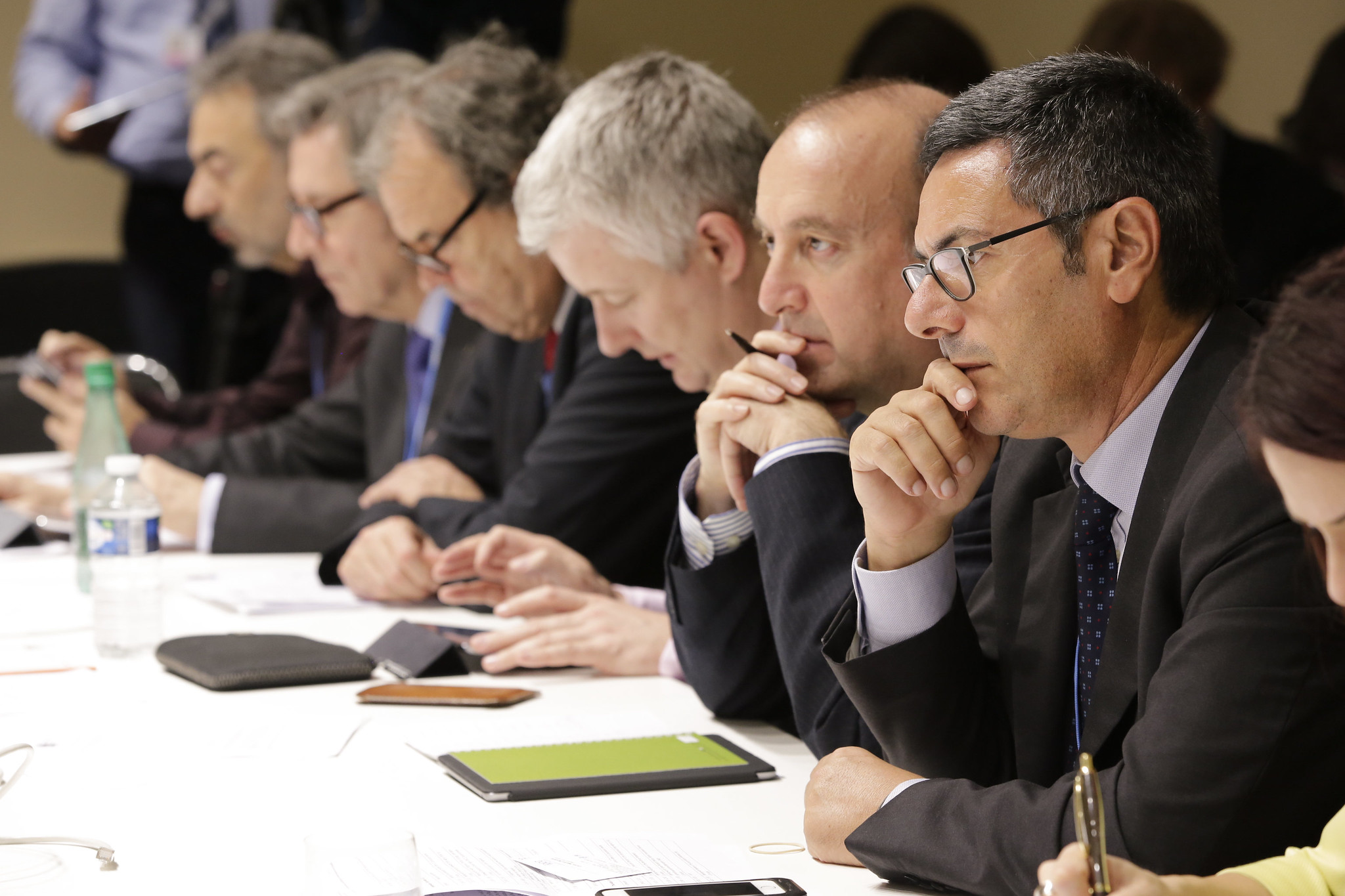Policymakers often consult a range of stakeholders, such as interest groups representing businesses or citizens, before they make decisions. But do the particular consultation tools used matter for the outcomes of this process? Drawing on a new study of the consultation tools used by the European Commission, Bert Fraussen, Adrià Albareda and Caelesta Braun suggests that despite the recent trend of using ‘open’ approaches such as online consultations, ‘closed’ consultation approaches in which policymakers play a more active role often offer a more promising approach for engaging a diverse set of actors.
The consultation of different types of stakeholders, such as industry federations, NGOs, professional associations, firms and public institutions, is a central characteristic of contemporary governance. But although public officials nowadays use a variety of tools to engage with external stakeholders, such as online consultations, workshops and advisory councils, we have limited knowledge about how the combination of consultation tools relates to the participation of stakeholders and the diversity of engaged societal interests.
Yet, this diversity of engaged stakeholders is absolutely crucial. As Tina Nabatchi has argued, by engaging a more diverse set of societal interests, public officials “give voice to multiple perspectives and different interests, allowing for more thoughtful decisions that take a broader view of those who will benefit or be harmed by an action”.
In a recent study, we analysed how the European Commission involves external stakeholders in policy formulation, specifically examining how variation in consultation approaches shapes the diversity of external stakeholders that engage with EU policymakers. We focused on organised stakeholders, including interest groups (citizen groups and business associations), companies and public institutions (such as local governments). Our sample included 41 regulations and directives that were passed in 2015 and 2016.
The Charlemagne building in Brussels, Credit: Eddy Van 3000 (CC BY-SA 2.0)
Conceptually, we can distinguish between three different approaches for engaging external stakeholders: namely ‘open’, ‘closed’ and ‘hybrid’ approaches. An open approach implies the use of tools that are accessible to everyone, and which (in theory) enables an unlimited number of stakeholders to share their views and preferences. Internet consultations are a typical example of an open consultation approach.
A closed approach refers to the application of tools where policymakers decide who gets a seat at the table, and that only allow for a limited number of stakeholders to participate. Think of an expert committee, or an advisory council. The third option, a hybrid approach, combines tools associated with open and closed approaches. In this scenario, the consultation process might start with an internet consultation open to anyone who would like to provide input, followed by the establishment of an advisory council in which a limited mix of societal stakeholders (and perhaps complemented with academic experts) are invited by public officials to share their point of view. Alternatively, policymakers may first consult with a limited number of stakeholders in a closed setting (a workshop for instance) then subsequently consult with the broader public.
Key findings
Our first key finding was that open approaches were rather rare (3 out of 41 regulations). We also found that the European Commission mainly applied closed (19) and hybrid (19) consultation approaches. When using closed approaches, the Commission may only consult stakeholders through a committee of expert groups. In contrast, in hybrid approaches, we observed that multiple closed and open tools were being combined within a single policy process. An example here involves the combination of online consultations with expert committees, as well as hearings or workshops with stakeholders.
In the second part of our analysis, we focused on the relation between the two most frequently applied approaches, closed and hybrid ones, the diversity of the engaged stakeholders, and the extent to which business interests (such as firms and industry federations) were more numerous than other societal interests. Unsurprisingly, compared to closed approaches, hybrid consultation approaches (that combine open and closed tools) tended to engage a much higher amount of external stakeholders. However, this increase in participation did not automatically lead to a higher diversity of engaged societal interests. In contrast, it appears that closed approaches were characterised by greater diversity of external stakeholders and lower levels of business dominance.
Our study demonstrates that a more open approach that engages a larger number of stakeholders does not always lead to higher diversity. It seems that in order to engage a more diverse set of external stakeholders, policymakers and public officials need to play the role of gatekeeper by actively inviting specific societal interests and potentially combining multiple consultation tools. Despite governments at the national and EU levels increasingly looking toward internet consultations as a panacea for better engagement of societal voices, our findings suggest that the complexity of stakeholder engagement and political participation may require a much more active role on the part of public officials.
For more information, see the authors’ accompanying paper at Policy Sciences

